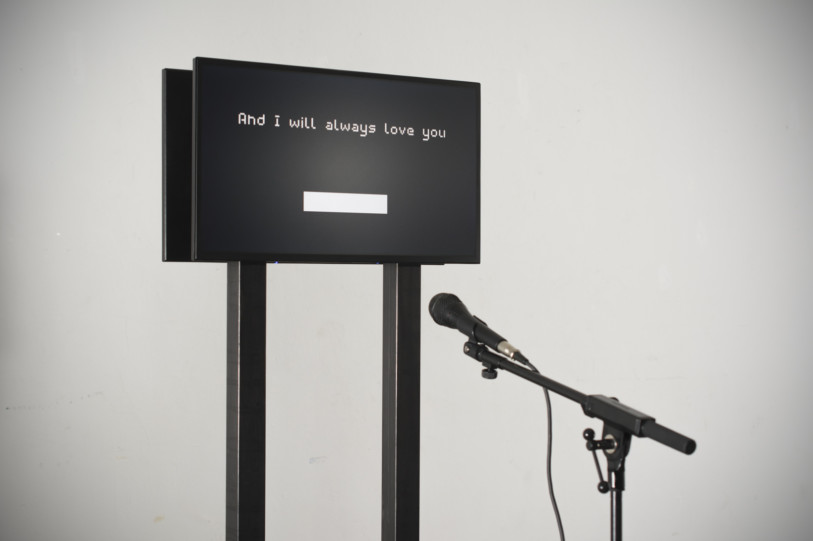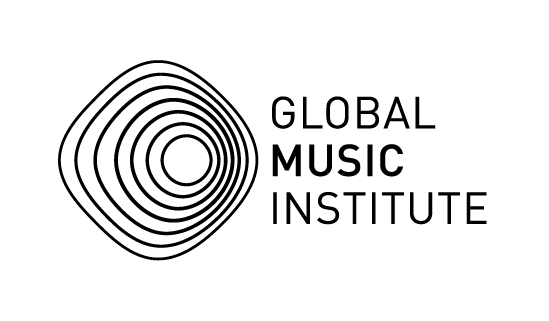
01 May Q’tine Feed: Curated by Suvani Suri (Week 2)
Weekly Round Up: 1st May 2020
Week 2 of the Q’tine feed had an eclectic collection of stories – talking about a website that archives sounds from yesteryears such as those of the Nokia phone, cassette tape, typewriter and the likes, to a robot designed to sing (with emotions!!) chart-topping ballads from the 1990s by the likes of Whitney Houston, Bryan Adams, and Toni Braxton,
amongst others.
Here is a roundup of the stories upto 1st May 2020-
27/04
Museum of Endangered Sounds/ Brendan Chilcutt
When is the last time that you heard the buzz of the TV static when switching channels? Or the whirring of the cassette tape that made up the world of our growing up (well at least for some of us!). Or even the funky 8-bit game tones that have been stuck in our heads ever since we first encountered them.
The Museum of Endangered Sounds is a website created by Brendan Chilcutt, with the intention of archiving the sonic worlds of technology, electronic appliances, everyday devices, gizmos and machines that are long-lost yet not forgotten.
As technologies become obsolete faster than one can blink, what they leave behind is their auditory footprint, a glimpse of which pulls one back into yester years. The project not only preserves but also enables speculation into the perpetual present and possible future of listening to technology and time.
–––––
28/04
Share your Quiet/ Pallavi Paul
The ongoing moment has modulated the sonic textures, tones and levels of our world, and in doing so, reveals a potency and collective agency in the sea of quiet that we’re immersed in.
Is there a measure for quietude? Can silence be calibrated and composed, arranged and syncopated, produced and archived?
 As an attempt to think through these questions and create an alternative archive of this time, Pallavi Paul, a Delhi based artist, has launched a project ‘Share your Quiet’ that invites people to capture audio bytes of their moments of quiet. This forms a part of the Surviving Self-Quarantine series by Sunaparanta, Goa Centre for the Arts.
As an attempt to think through these questions and create an alternative archive of this time, Pallavi Paul, a Delhi based artist, has launched a project ‘Share your Quiet’ that invites people to capture audio bytes of their moments of quiet. This forms a part of the Surviving Self-Quarantine series by Sunaparanta, Goa Centre for the Arts.
The polyphony of ’quiets’ can be heard in the curated stream of recordings shared every Monday on the gallery’s Instagram page.
“Over time, the collective hearings will turn into a symphony of silence. When heard together, it will heal and soothe even as we find ourselves physically isolated from one another.”
~(from the open call)
To know more/ participate in the ongoing open call ‘Share your Quiet’, visit here.
–––––
29/04
The man who carved sound/ Halim El-Dabh
The histories of experimental music, largely written and rewritten from Eurocentric perspectives, when teased apart, are seen to contain abundant nodes and pathways that developed in direct response to monumental work by artists and scholars from the non-Western contexts and traditions. 
One such name in the vanguard of electronic composition is Halim el-Dabh, an Egyptian composer, ethnomusicologist and educator who fronted and shaped the movement of electronic sound to reveal its many possibilities.
In Cairo, as early as 1944, Halim was experimenting with sound manipulation using a wire recorder, an ancestor of the tape recorder. This resulted in his breakthrough electronic work,
‘The Expression of Zaar’, or the ‘Wire Recorder Piece’, composed of his recordings of women chanting at a ‘zaar’, an Egyptian healing ceremony. He processed the recordings in his studio to yield a lush and sublime sonic field, layered with complex textures and resonances. This was years before Pierre Schaeffer’s electro-acoustic experiments with recorded sound, that came to be known to the world as ‘Musique concrète’.
Recalling the Wire Recorder Piece in an interview to the Egyptian newspaper Mada Masr, he said: “I eliminated the fundamental tones of the harmony by changing the voltage – it changes the quality of the music, it seeks another quality in the voice, the hidden material, the inner part of the voice. That’s what the whole idea of electronic music is. You have a recording and you go inside the recording to find the hidden meaning.”
Often collaborating with notable artists such as John Cage, Edgar Varese and Martha Graham, Halim El-Dabh continued to create and perform till his late 90s (he died in 2017). He taught widely and conducted extensive research and fieldwork in sonic traditions, wielding an influence that extends far beyond music.
“I was carving sound,” he has often been known to say about his practice. “I used noise like I would a piece of stone.”
To read more about the work and legacy of Halim El-Dabh, visit here
–––––
30/04
What do machines sing of?/ Martin Backes
The collision of music with the field of Artificial Intelligence has led to the design of several ’creative assistants’ to write music, compose bespoke tracks and perform. At the same time, it raises a host of questions to do with the artistic process and the messy brew of emotions and experiences that go into making art, a uniquely ‘human’ form of expression.
Putting a spin on these existential concerns, artist Martin Backes has designed a robot that endlessly sings the chart-topping ballads from the 1990s. What’s special about the bot is its ability to emote as it belts out one popular song after another by the likes of Whitney Houston, Bryan Adams, and Toni Braxton, amongst others.
“As the program performs these emotionally-loaded songs, it attempts to apply the appropriate human sentiments. This behavior of the device seems to reflect a desire, on the part of the machine, to become sophisticated enough to have its very own personality”, explains Martin.
The vocalisation of these familiar songs in robo – speak seems quite outlandish an idea, yet, as one continues to watch the bot perform, its emotional register, range and earnest attempts at expression, draw one in, making it strangely endearing.
–––––
One of the key elements of the Performance Programs at GMI are the interdisciplinary studies. The course on Music & Arts Studies led by Suvani Suri is aimed at situating music within a larger framework of artistic intellect, creation and expression. Through weekly seminars and workshops, students are led to understand the historical, cultural, social and philosophical contexts for various kinds of music and art.



No Comments